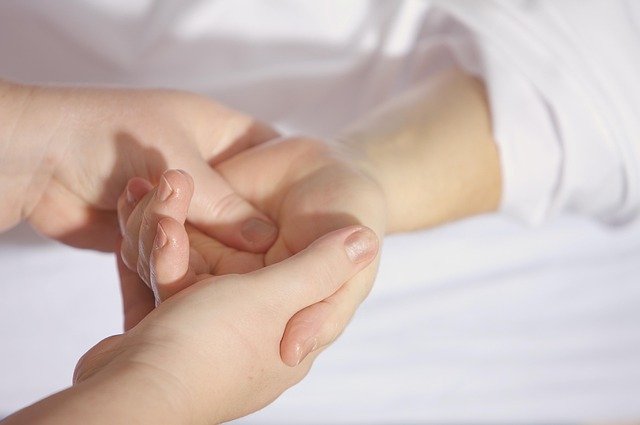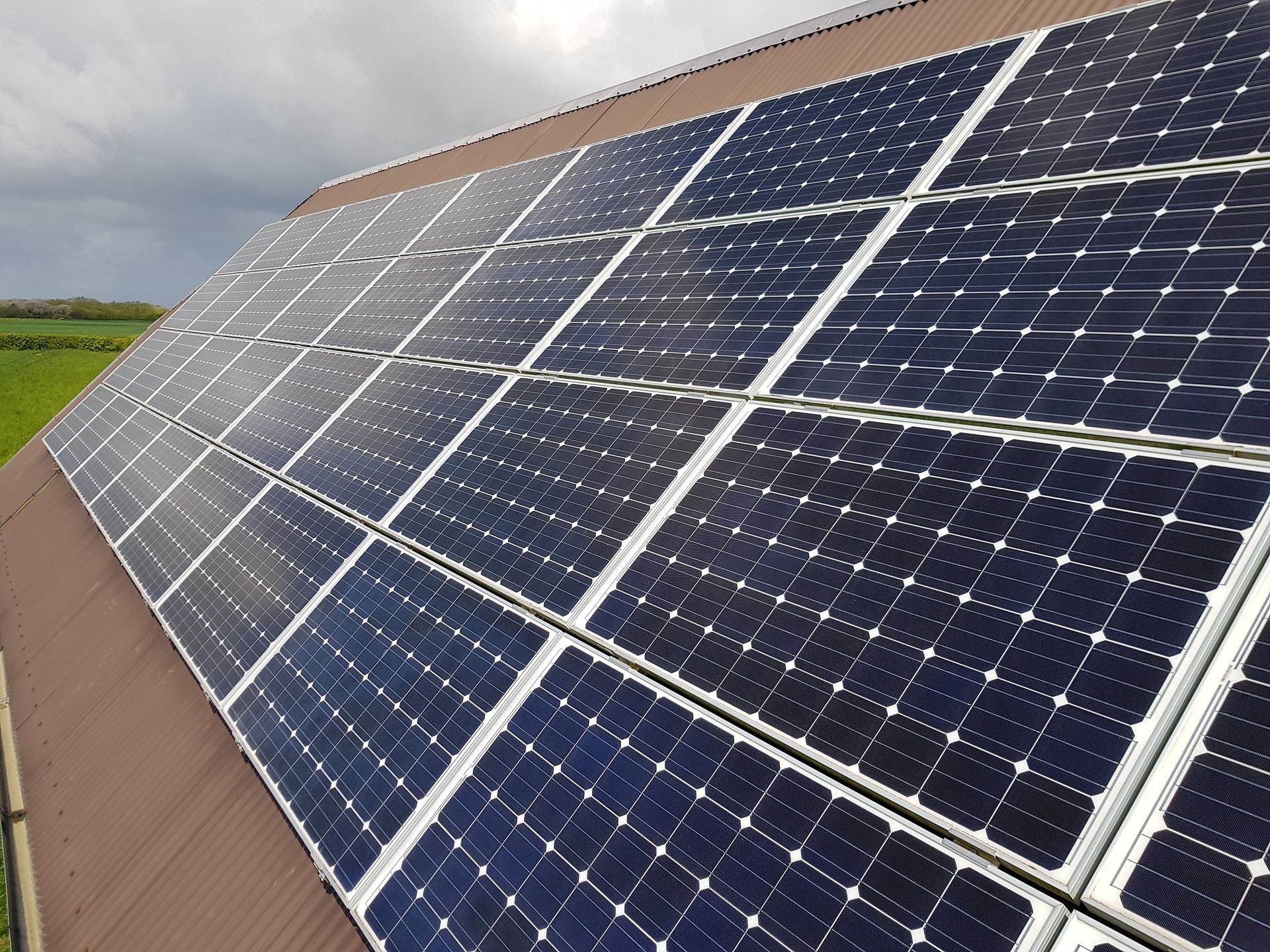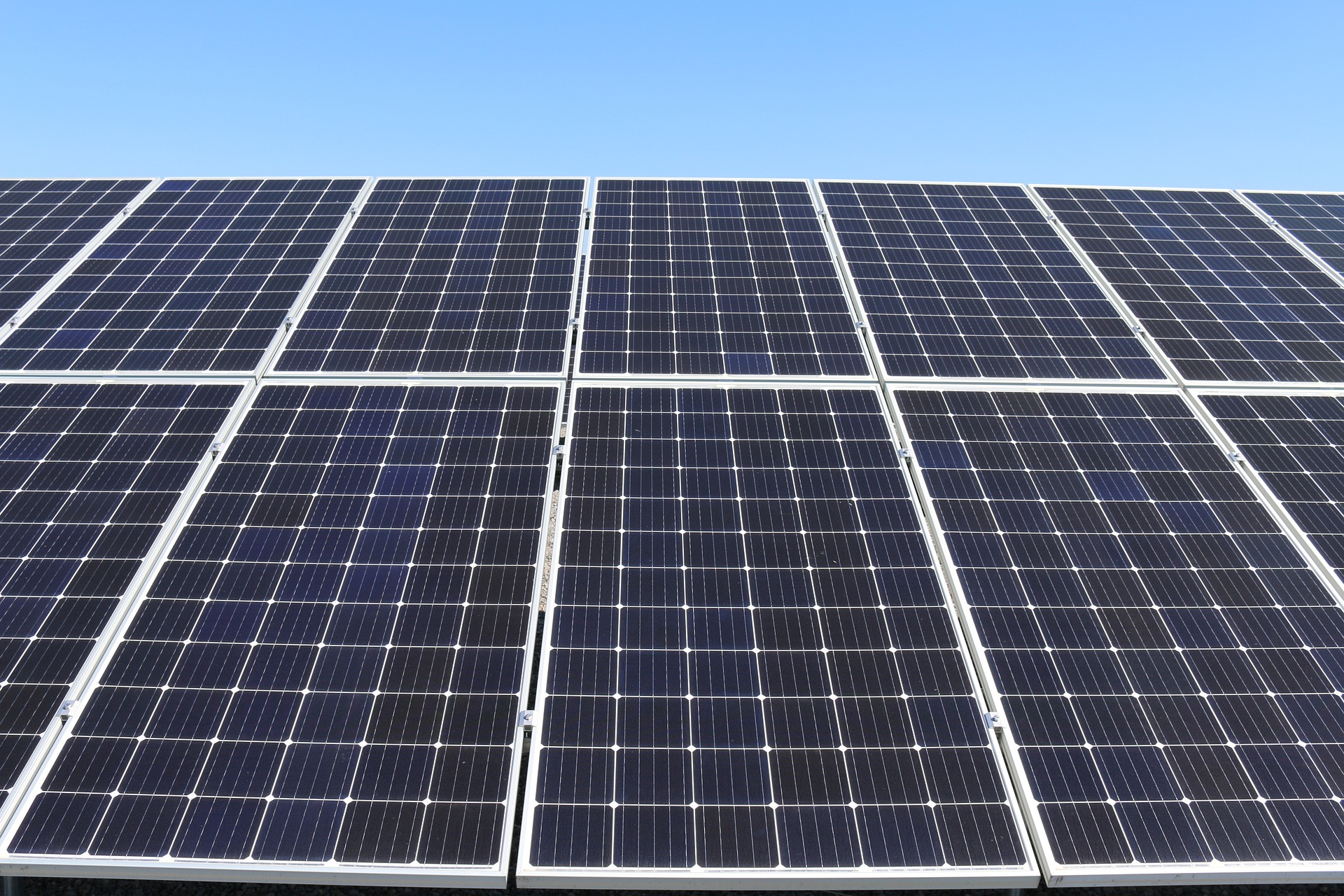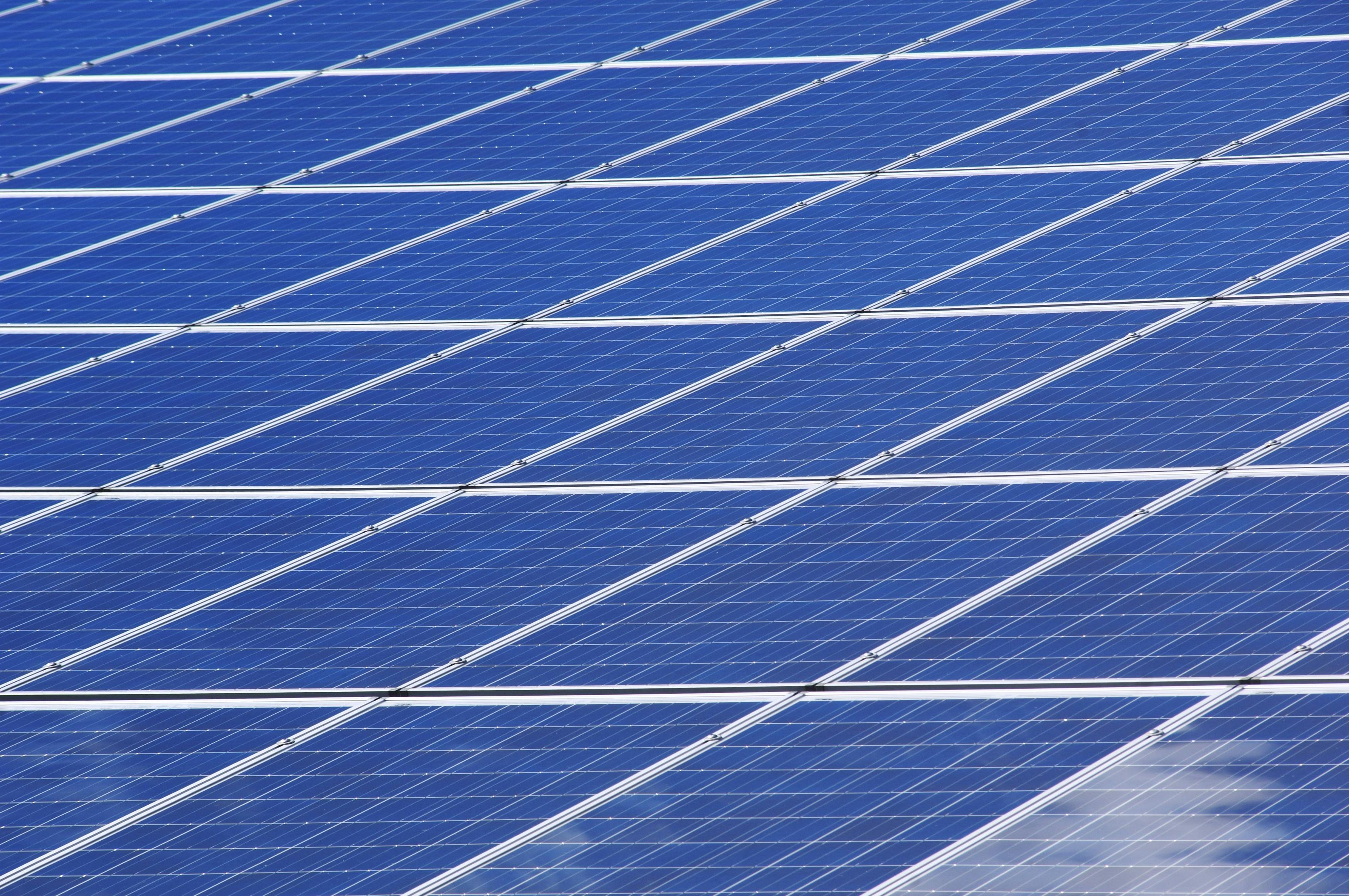The Unseen Toll: Unraveling the Link Between Chronic Anxiety and Physical Health
Anxiety, a term often used interchangeably with stress, is a pervasive aspect of modern life. Whether it's a looming work deadline, a challenging relationship, or the general unease that can accompany a global pandemic, anxiety is a familiar companion for many. Traditionally viewed as a mental health concern, emerging evidence suggests that chronic anxiety might have far-reaching implications for physical health as well. This article delves into the complex relationship between chronic anxiety and physical health, examining historical context, current relevance, trends, impact, and unique insights.

The Historical Context of Anxiety
Anxiety is not a new phenomenon. Ancient Greek philosophers such as Hippocrates and Plato explored the concept of anxiety, or what they referred to as ‘melancholia’ or ‘black bile.’ They believed it was a physical ailment, caused by an imbalance in the four bodily humors. It wasn’t until the 19th and 20th centuries that anxiety began to be viewed more as a mental health issue, with Freud being a notable contributor to this shift. This marked a significant change in understanding and paved the way for the development of therapeutic interventions focusing on the mind.
Anxiety in the Modern Age: A Public Health Crisis
Today, anxiety disorders are among the most common mental health conditions globally. According to the World Health Organization, they affect nearly 264 million people worldwide. The prevalence of anxiety is especially high in high-income countries, with around 18% of the population affected. The rise in anxiety levels is often attributed to the fast-paced, high-pressure nature of modern life.
The Physical Manifestations of Chronic Anxiety
While the psychological symptoms of anxiety such as worry, fear, and unease are well-known, the physical manifestations are less discussed but equally significant. Chronic anxiety can manifest physically in multiple ways, including headaches, muscle tension, stomach issues, and sleep disturbances. More worryingly, chronic anxiety has been linked to a higher risk of developing chronic conditions such as heart disease, respiratory disorders, and gastrointestinal conditions.
The Bi-Directional Relationship Between Anxiety and Physical Health
Interestingly, the relationship between chronic anxiety and physical health is not one-way. Not only can chronic anxiety contribute to physical health issues, but existing physical health issues can also exacerbate anxiety. For example, someone with a heart condition might experience heightened anxiety about their health, which in turn can worsen their heart condition.
The Impact and Reception of the Anxiety-Physical Health Link
The emerging understanding of the link between chronic anxiety and physical health has significant implications for healthcare. It underscores the need for a holistic approach to health, one that recognizes and addresses the complex interplay between mental and physical health.
However, this understanding is yet to filter down to all levels of healthcare. Many people with anxiety disorders report feeling dismissed or misunderstood by healthcare providers, especially when physical symptoms are involved.
Conclusions and Future Directions
The relationship between chronic anxiety and physical health is intricate and multi-faceted. As our understanding deepens, it’s clear that chronic anxiety is not just a mental health issue but a whole health issue, with implications for both mental and physical wellbeing.
The healthcare sector needs to evolve to recognize and address this complex interplay. This could involve integrating mental health care more thoroughly into general healthcare settings, training healthcare providers about the physical manifestations of anxiety, and promoting public awareness about the physical implications of anxiety.
In an age where anxiety disorders are on the rise, acknowledging and addressing the physical health implications of chronic anxiety is an essential step towards promoting holistic health and wellbeing.




